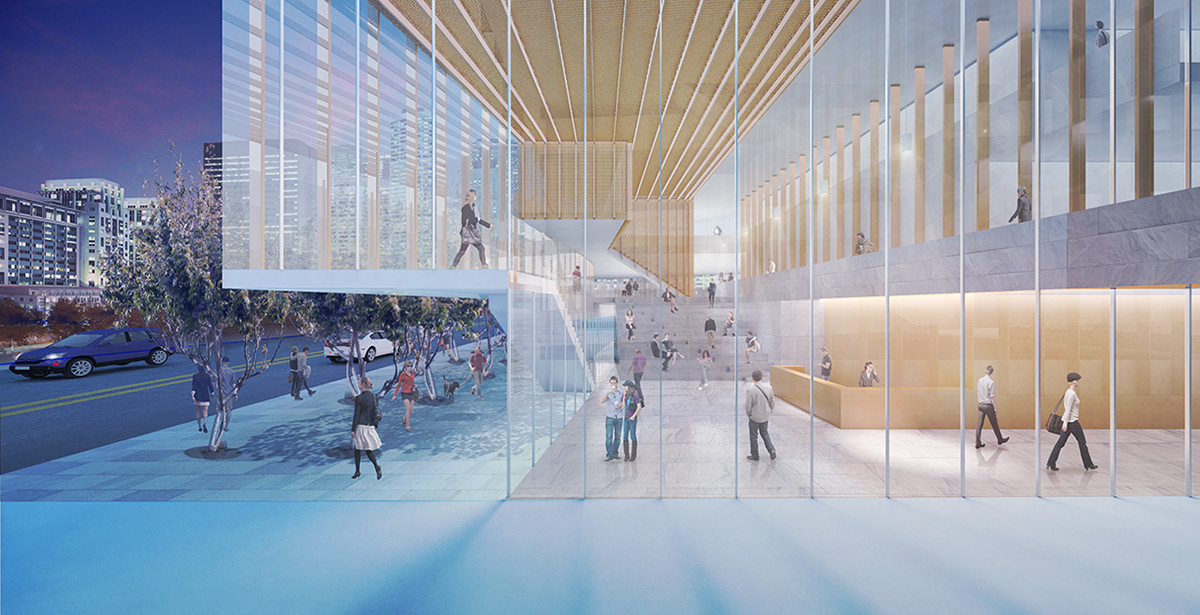

The vision process utilized a structured planning approach to evaluate the Strengths, Weaknesses, Opportunities, and Threats (SWOT) in the community.
#Use office mix update
The City of Newark, Delaware’s 2014 comprehensive plan update utilizes visioning to provide a clearer picture of the objectives the City wishes to achieve. Many Delaware local governments have established a vision for mixed-use development within their Comprehensive Plans or updates to plans. It guides public investment and private development decisions-including the intensity, location, and types of development that may occur. Vision-based and community-driven plan, a comprehensive plan can provide a foundation for establishing what a community wants to preserve, develop, and change. How Can Delaware Communities Implement Mixed-Use Development? Comprehensive Plan/Community VisionĪ comprehensive plan is a legal document used by a local government to guide future land use, and serves as the basis for zoning, subdivision, and land use codes. The Placemakers’ blog, and a brief prepared by the Village of Caledonia, WI, further explains that while there are many forms of mixed-use development, it can be categorized three ways: Commercial, residential, and even in some instances, light industrial are fit together to help create built environments where residents can live, work, and play. Mixed-use zoning allows for the horizontal and vertical combination of land uses in a given area. As defined by The Lexicon of the New Urbanism, mixed-use is multiple functions within the same building or the same general area through superimposition or within the same area through adjacency… from which many of the benefits are … pedestrian activity and traffic capture.

This variety of uses allows for people to live, work, play and shop in one place, which then becomes a destination for people from other neighborhoods. The Urban Land Institute’s Mixed-Use Development Handbook characterizes mixed-use development as one that 1) provides three or more significant revenue-producing uses (such as retail/entertainment, office, residential, hotel, and/or civic/cultural/recreation), 2) fosters integration, density, and compatibility of land uses, and 3) creates a walkable community with uninterrupted pedestrian connections.Ī blog, don’t get mixed up on mixed use, by the folks at PlaceMakers clarifies that mixed use is: … three-dimensional, pedestrian-oriented places that layer compatible land uses, public amenities, and utilities together at various scales and intensities. It is not just limited to a multi-story development that incorporates commercial use on the first floor with residential uses on upper floors.

While mixed use has become a popular buzz word, the term can be confusing. Mixed use is one of the ten principles of Smart Growth, a planning strategy that seeks to foster community design and development that serves the economy, community, public health, and the environment.


 0 kommentar(er)
0 kommentar(er)
